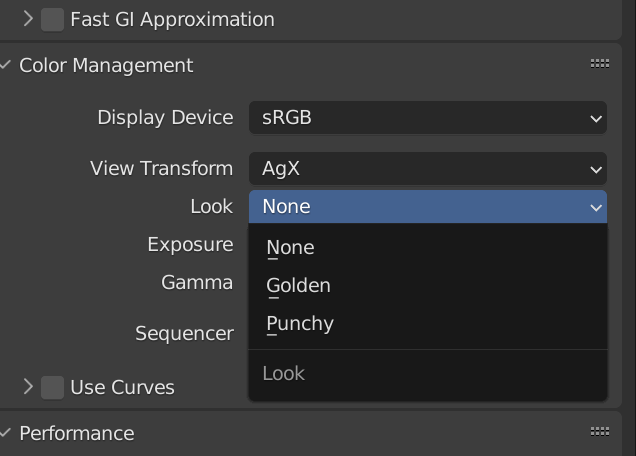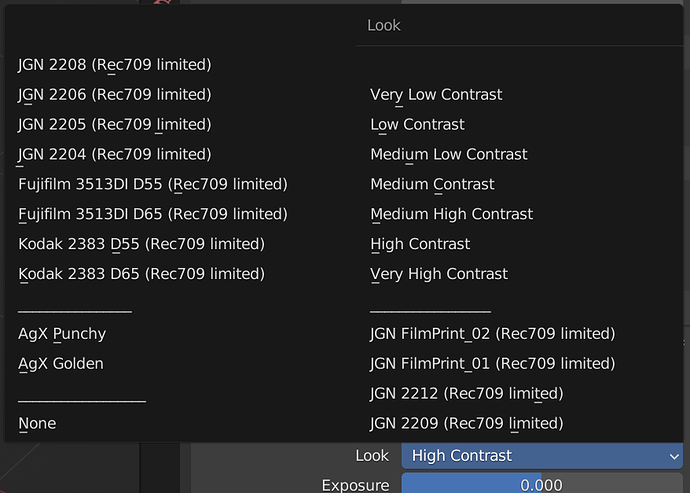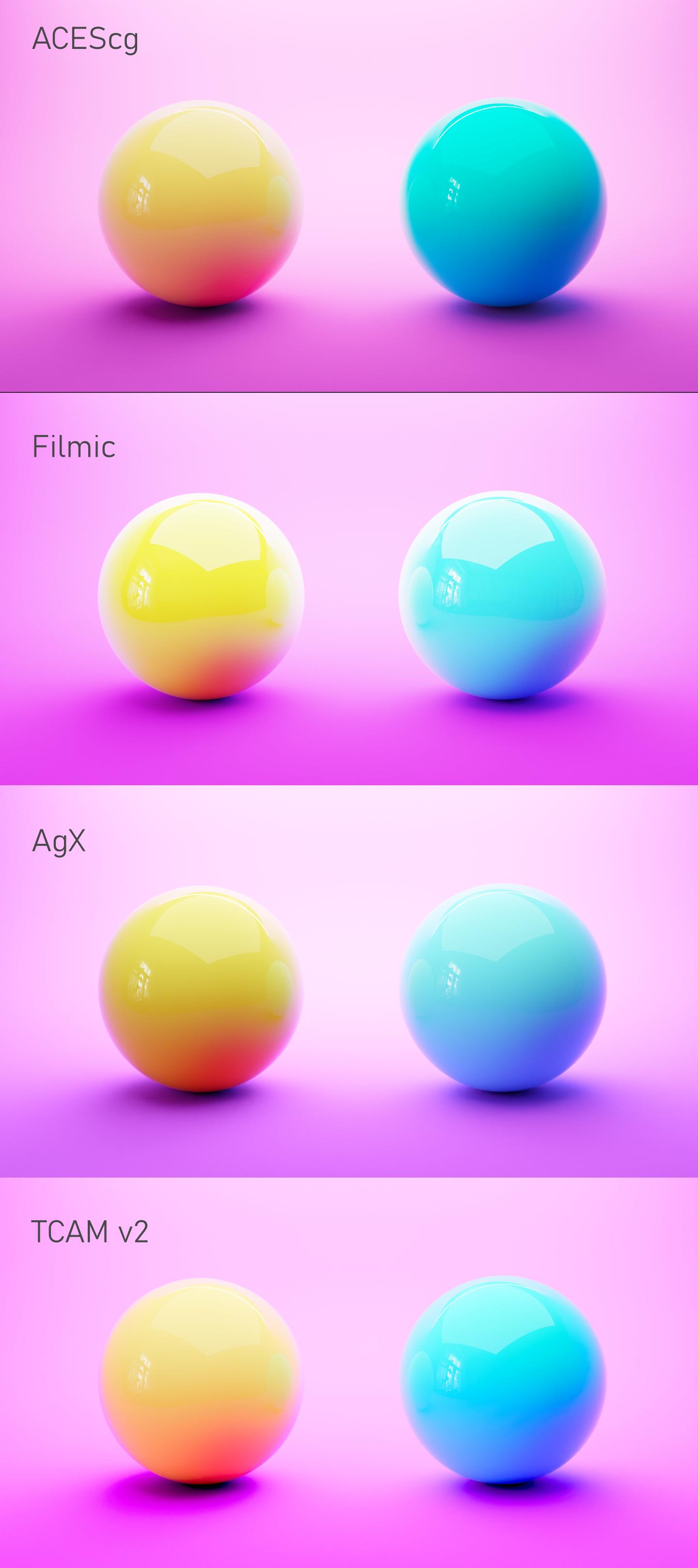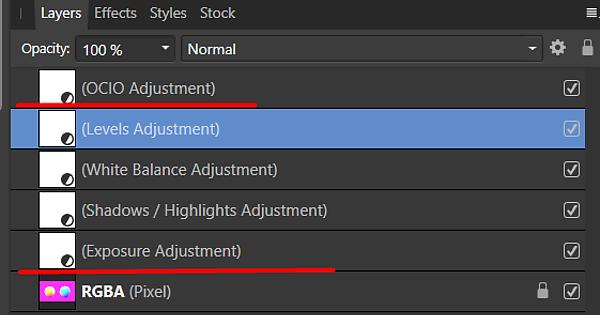OK so, I need a bit of a clarification here. I’ve played around with AgX for a minute and I’m very confused about something. I feel like a lot of people are confusing color spaces with view transforms.
EDIT: did more reading, no longer confused 
ACEScg is a color space with transforms to displays (sRGB, Rec.709 etc.).
AgX is NOT a color space, just a transform, so can it not be used on top of a more common wide gamut cs like ACEScg or 2065-1?
EDIT: apparently Troy is working on a version based on BT.2020? Haven’t dug too deep but I think I see why he wouldn’t use ACES as a base.
I agree with things pointed out above, it’s not that great to have a “ARRI raw preview” if that makes sense, without being able to apply a proper LUT, punchy is anemic (albeit useful in post I guess) unless you use curves (big no no for me as they’re not accurate for replicating down the pipeline) and golden is there for giggles/experimenting.
EDIT: seems to be more of a Blender limitation than anything else? I did resort to temporarily using curves for viewport preview approximation and then disabling them for final renders.
It looks wonderful, don’t mean to come across wrong, I genuinely do like what I’m seeing but I am very confused as with all craftsmen problems - ask 5 people, get 5 answers.
I like ACES, it’s simple, it makes sense but if it’s not the best tool then sure, on we go to AgX but in my pleb opinion, it’s nice to have a solid standard (i.e. ACEScg > Rec.709 for me > grading) instead of receiving someone’s improperly baked sRGB files)
EDIT: I’ve stumbled upon T-CAM v2 and FilmLight, instant love, instant heartbreak because I can’t get the profiles to work with my other apps for some reason. AgX is a wonderful simplification of the process - if it’s good enough for you, stick to it! If clients need ACES, then use ACES, I think I’m switching to T-CAM for now as it seems to also be an amazing system.
I will keep reading and keep learning, I welcome any corrections and I will correct myself as well if my readings show otherwise.
EDIT: As mentioned above I have no issues with corrections upon much more reading:
AgX’s strong point seems to be gamut compression and making the whole process WAY WAY easier. Unfortunately it doesn’t seem to work with anything but Blender as both Affinity Photo and DJV which I use don’t work with it, I guess due to AgX being OCIO 2?
I’ve also attached a graded comparison between Filmic, ACEScg, AgX and T-CAM v2 in an attempt to get them close to each other, it’s really just (de)saturation making a huge difference. I’ve tried replicating Riley Brown’s scene as close as I could but the principle stands and I didn’t spend more than a few minutes on each, I’m sure a more dedicated tester would do a better job. ACES cyan shifts to green and hangs on to magenta A LOT by comparison, Filmic has an odd over-exposed look, AgX looks great and imho, T-CAMv2 looks best for my liking, entirely up to you.
Sorry for the wall of text, just sharing my findings. Good luck!
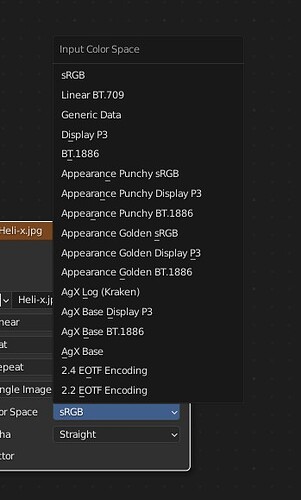

![Blender Default, ACES, AgX & TCAMv2 in 1 config [Update: PixelManager link is in the description]](https://blenderartists.org/uploads/default/original/4X/b/3/7/b37327359f6f891f39743d822c86c4f403f7d79d.jpeg)
